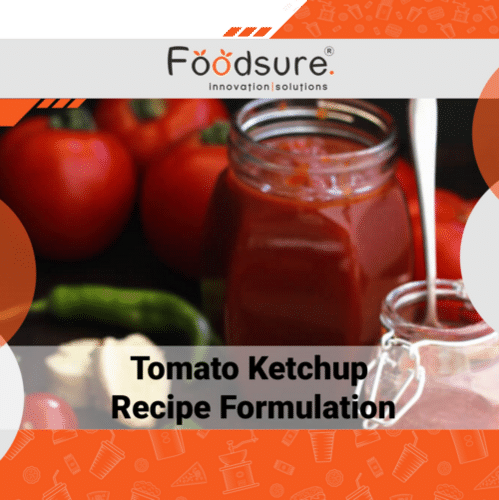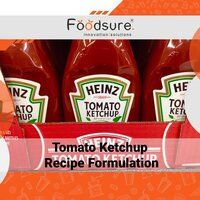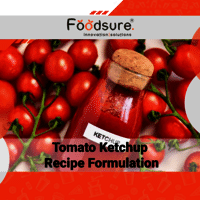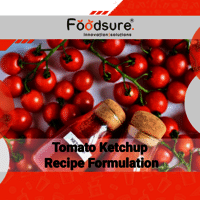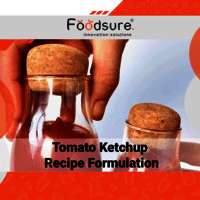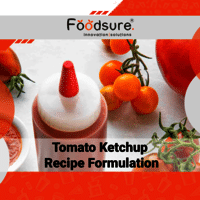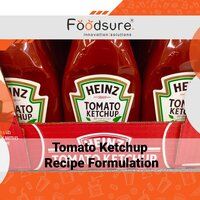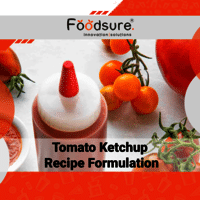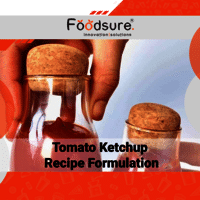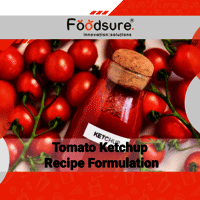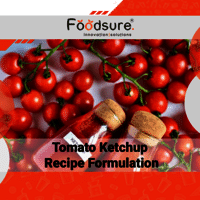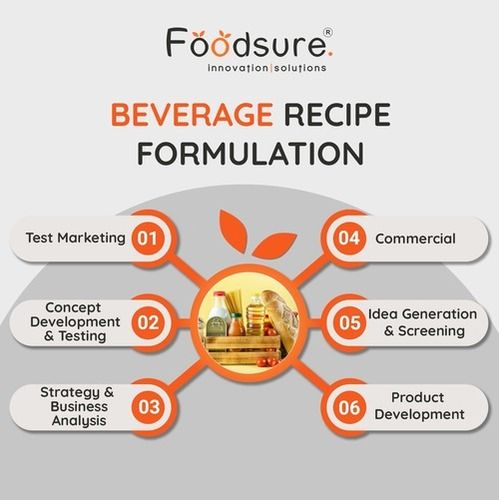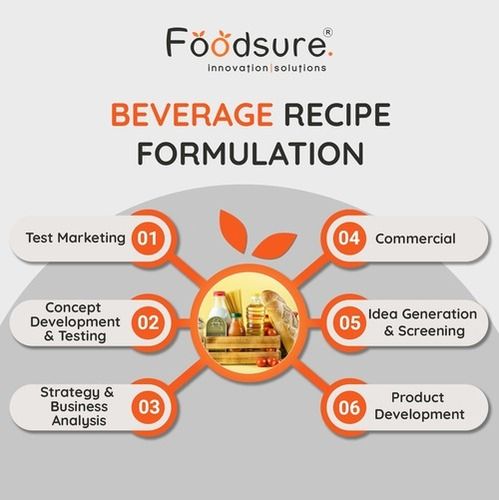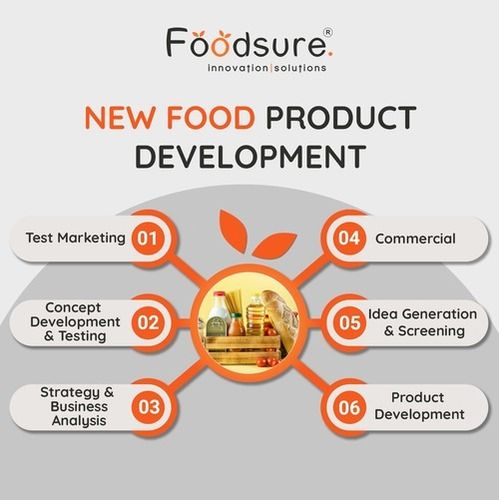Welcome to Foodsure!
Tomato Ketchup Recipe Formulation
300000 INR/Unit
Product Details:
X
Tomato Ketchup Recipe Formulation Price And Quantity
- 300000 INR/Unit
- 01 Unit
Tomato Ketchup Recipe Formulation Trade Information
- New Delhi
- 10 Unit Per Month
- 30 Days
- Yes
- Free samples are available
- Pet Bottle Packaging
- All India
- ISO9001:2015
Product Description
Tomato Ketchup Recipe Formulation
Creating a Tomato Ketchup Recipe Formulation as part of Foodsure research & development (R&D) process required a method to create products that met standards for quality ,aste & safety . Below are general guidelines for the development process for creating a mayonnaise recipe: For the creation of ketchup , this includes elements such as flavor profile , texture , frozen consistency , & more . & food restrictions .
- Market Research : Examine current market trends , customer preferences & competitor products to identify common trends or innovation opportunities .
- Ingredient Selection : Choose the right ingredients according to Foodsure standards & the desired properties of your mayonnaise . Think about things like oil , egg yolks , & other spices .
- Use recipes : Create tomato recipes based on selected ingredients .
- Laboratory Testing : Small tests are carried out in the laboratory to evaluate the hearing characteristics , safety & all the advantages of the initial design .
- Improve & iterate : Make appropriate changes to the map based on test results . Improve the recipe again & again until you get the product you want .
- Scale-up : Once a useful model is found , production is scaled up so that the model can be tested under near-everything conditions .
- Pilot Plant Trial : Testing the Scalability , Efficiency & Consistency of the Mayonnaise Process The trial was carried out in the pilot plant .
- Sensory Evaluation : Create a sensory panel to evaluate the product's taste , aroma , texture & overall user appeal .
- Quality Assurance & Testing : Strict safety measures , including microbiological testing , are used to ensure the safety & stability of mayonnaise .
- Information : Write a final report including evaluation criteria & methodology . This information is necessary for the consistency of the production process .
- Regulatory Compliance : Make sure the ketchup recipe complies with all laws & safety standards .
- Production : Changes to all production guidelines , including any necessary changes identified during the development process .
- Selection & Marketing : Develop marketing strategies to introduce new ketchup products to the market . Consider packaging , product & location
All methods & collaborations with food scientists, chefs & other experts are very beneficial in terms of food quality . Additionally , keeping sustainability , nutrition considerations & consumer preferences in mind can help the product succeed in the marketplace .
Process flow chart for making tomato ketchup:
- Raw Material Reception: Fresh tomatoes are received and inspected for quality.
- Cleaning and Sorting: The tomatoes are thoroughly cleaned to remove dirt and debris. They are then sorted to remove any damaged or spoiled tomatoes.
- Chopping and Crushing: The cleaned tomatoes are chopped into smaller pieces and then crushed to form a pulp.
- Heating: The tomato pulp is heated to a specific temperature to facilitate the extraction of juice and to kill any harmful bacteria present.
- Straining: The heated tomato pulp is strained to remove seeds, skin, and any remaining solids, resulting in a smooth tomato puree.
- Mixing: The tomato puree is mixed with other ingredients such as sugar, vinegar, salt, and spices to achieve the desired flavor profile.
- Cooking: The mixture is cooked at high temperatures to thicken the ketchup and develop its characteristic flavor.
- Cooling: The cooked ketchup is cooled down rapidly to prevent spoilage and maintain freshness.
- Packaging: The cooled ketchup is filled into bottles or containers, sealed, and labeled.
- Quality Control: Samples of the finished product are tested for quality, including taste, texture, color, and shelf life.
- Storage: The packaged ketchup is stored in a controlled environment to maintain its quality until it is ready to be shipped to retailers or distributors.
- Distribution: The finished tomato ketchup is distributed to supermarkets, grocery stores, restaurants, and other food service establishments for sale to consumers.
Tell us about your requirement

Price:
Quantity
Select Unit
- 50
- 100
- 200
- 250
- 500
- 1000+
Additional detail
Mobile number
Email
Other Products in 'Food Recipe Formulations' category
Back to top

